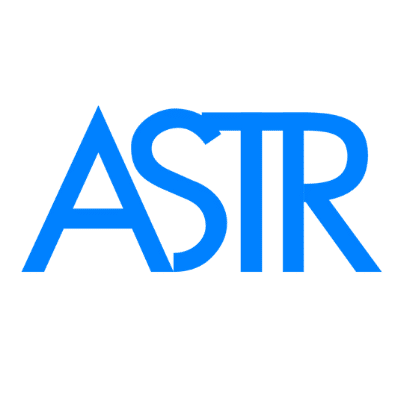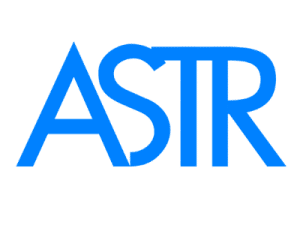Best Myofascial Release Techniques for Home Use: Top Picks for Natural Pain Relief
Best Myofascial Release Techniques for Home Use: Top Picks for Natural Pain Relief
Search terms: myofascial release at home, best fascia release techniques, natural pain relief therapy
🏠 Want to Relieve Pain at Home? These Myofascial Techniques Really Work
Tight fascia and muscle knots can lead to pain, stiffness, and chronic tension that stretches across the body. The good news? You don’t have to rely on expensive therapy sessions to get relief. With the right myofascial release techniques, you can break up adhesions, reduce inflammation, and improve mobility—all from the comfort of your own home.
Here are the most effective fascia release techniques you can use at home to start feeling better naturally.
🥇 Top Technique: Tool-Assisted Myofascial Release (ASTR Method)
Best for: Chronic pain, scar tissue, deep fascial restrictions, inflammation
Why it works:
-
Applies precise, sustained pressure to release deep fascia
-
Breaks down scar tissue and adhesions that hands or foam rollers can’t reach
-
Increases circulation and lymphatic drainage
-
Targets trigger points and inflammation at the root
✅ For the best results, use the ASTR IATHE Tool Set, designed by Dr. Joseph Jacobs, DPT.
🔗 Shop ASTR Fascia Tools for Home Use
🥈 Foam Rolling (General Fascia Mobilization)
Best for: General muscle tightness, post-exercise recovery, warming up
How to do it:
-
Roll slowly over tight muscle groups (like hamstrings, calves, quads)
-
Pause on tender spots for 20–30 seconds
-
Avoid rolling over joints or bones
Limitations:
-
Doesn’t effectively release deep adhesions or scar tissue
-
Not targeted enough for chronic or localized pain
🥉 Massage Ball Trigger Point Release
Best for: Isolated knots in the glutes, shoulders, feet, or hips
How to do it:
-
Place a firm massage ball on the floor or against a wall
-
Lean into the ball and hold gentle pressure on the knot for 30–60 seconds
-
Breathe slowly and relax into the tension
Note: Use caution on bony or sensitive areas.
✋ Manual Release (Hands-Only)
Best for: Neck, jaw, face, and sensitive areas
How to do it:
-
Apply slow, steady pressure with fingers or knuckles
-
Move in small circles or hold static pressure
-
Ideal for light tension or facial fascia
Limitations:
-
Hard to maintain pressure consistently
-
Can cause hand fatigue and lacks depth for larger muscles
📘 Dr. Joseph Jacobs’ Story: Natural Relief That Lasts
After years of battling chronic migraines and fatigue, Dr. Joseph Jacobs discovered that tool-based myofascial release provided deeper, lasting relief. His experience led him to develop the ASTR Method—combining fascia science, clinical experience, and patented tools.
His book, Pain No More, shares how thousands have used these techniques to overcome pain without medications or surgery.
🔬 What the Research Says
-
Cheatham et al. (2016): Tool-assisted myofascial release leads to greater improvements in pain, mobility, and recovery than foam rolling alone
-
Langevin et al. (2006): Fascia responds best to slow, sustained, precise pressure
-
Ajimsha et al. (2011): Myofascial release improves quality of life in people with chronic musculoskeletal pain
🧠 Final Comparison: Which Technique Is Right for You?
| Technique | Best For | Limitations |
|---|---|---|
| ASTR Tool-Assisted Release | Deep pain, scar tissue, inflammation | Requires training (guide included) |
| Foam Rolling | Warm-up, general tightness | Not precise enough for chronic pain |
| Massage Ball | Isolated trigger points | Hard to use on full-body or deep fascia |
| Hands-Only Manual Release | Gentle, sensitive areas | Limited depth and may cause fatigue |
✅ Bottom Line
If you’re serious about treating pain at its source—tool-assisted myofascial release is the most effective and precise technique you can use at home. Start slow, be consistent, and use the right tools to achieve lasting results without drugs or invasive treatments.

